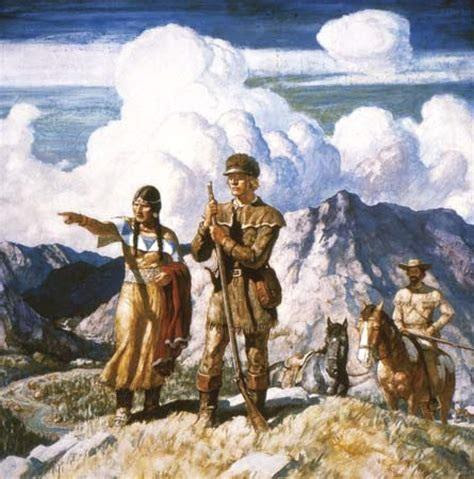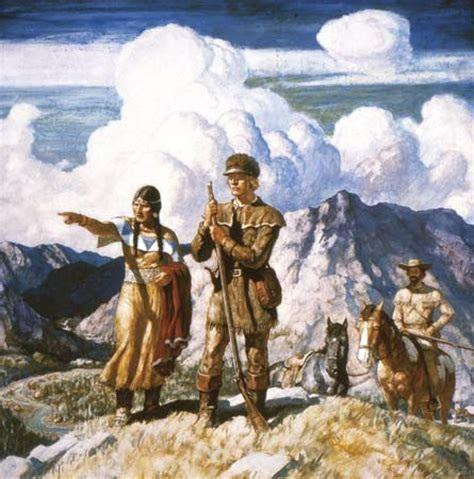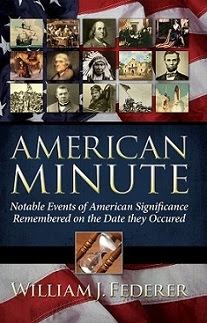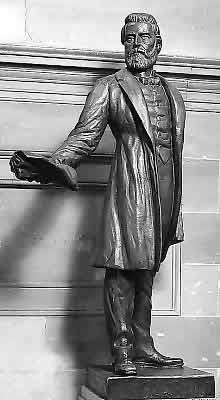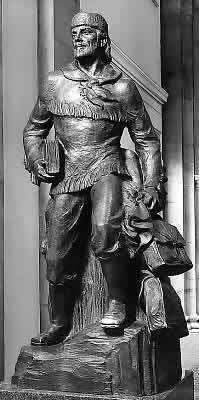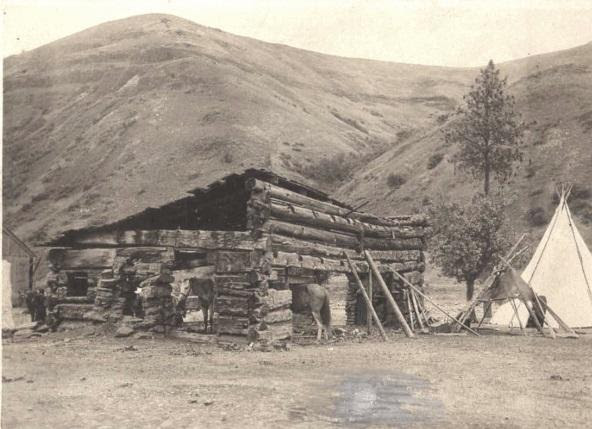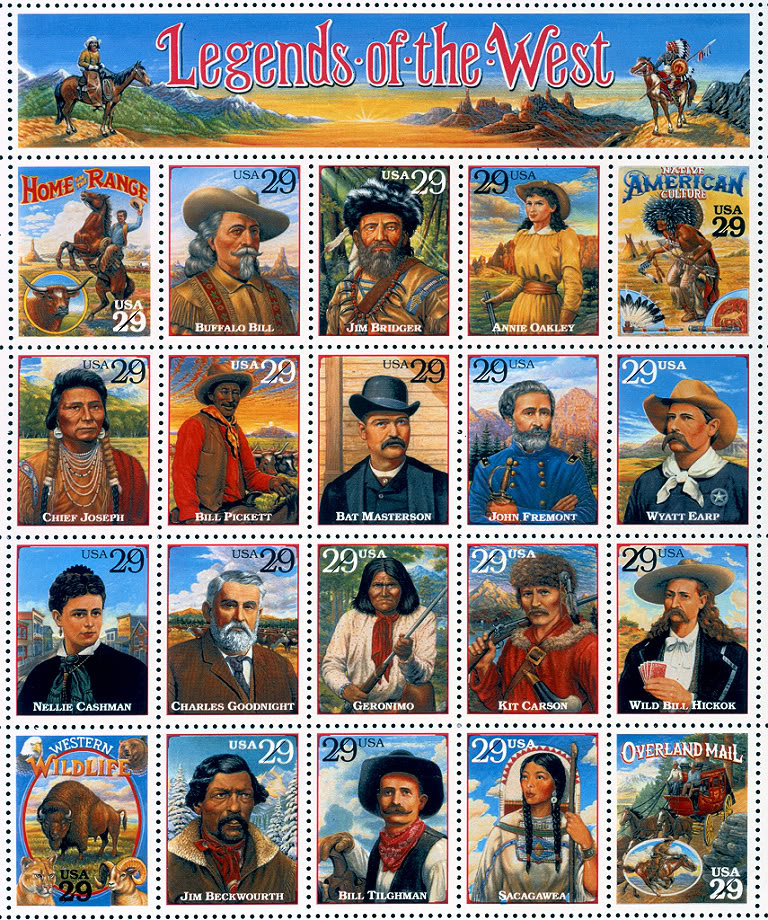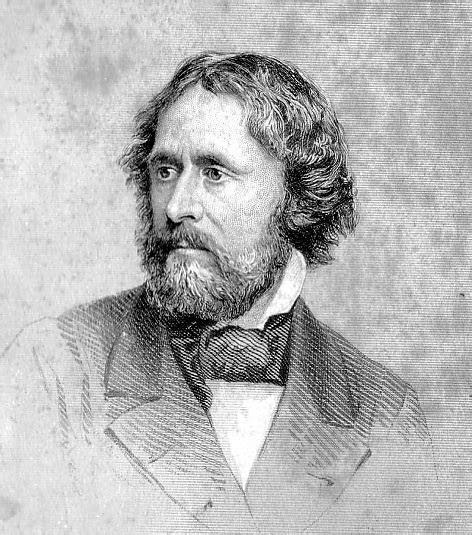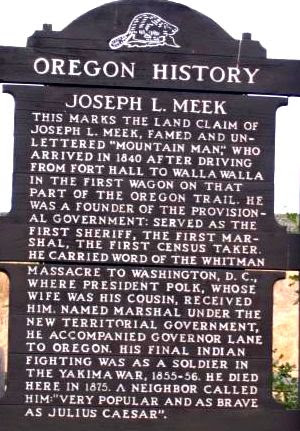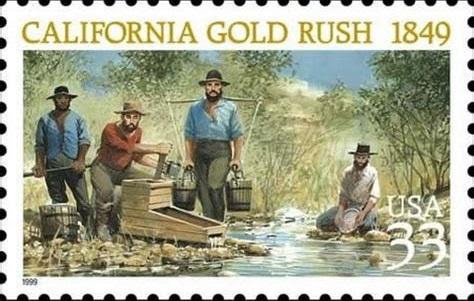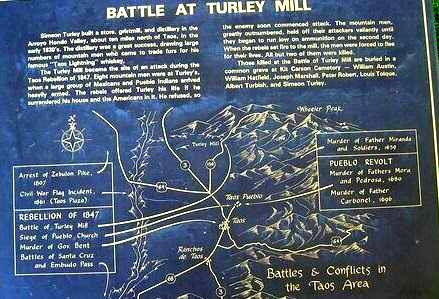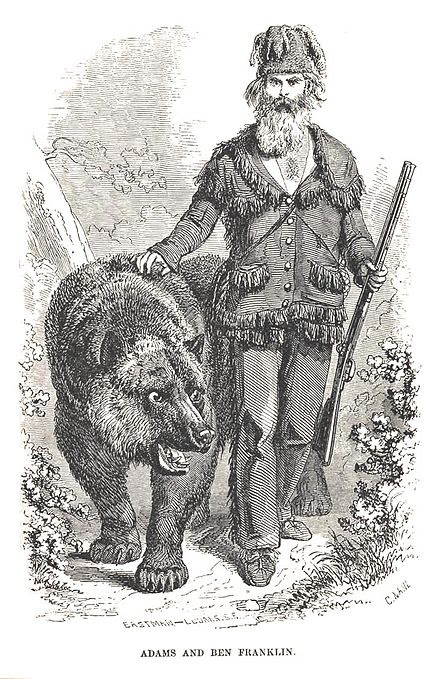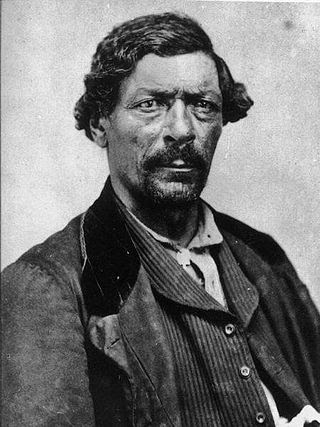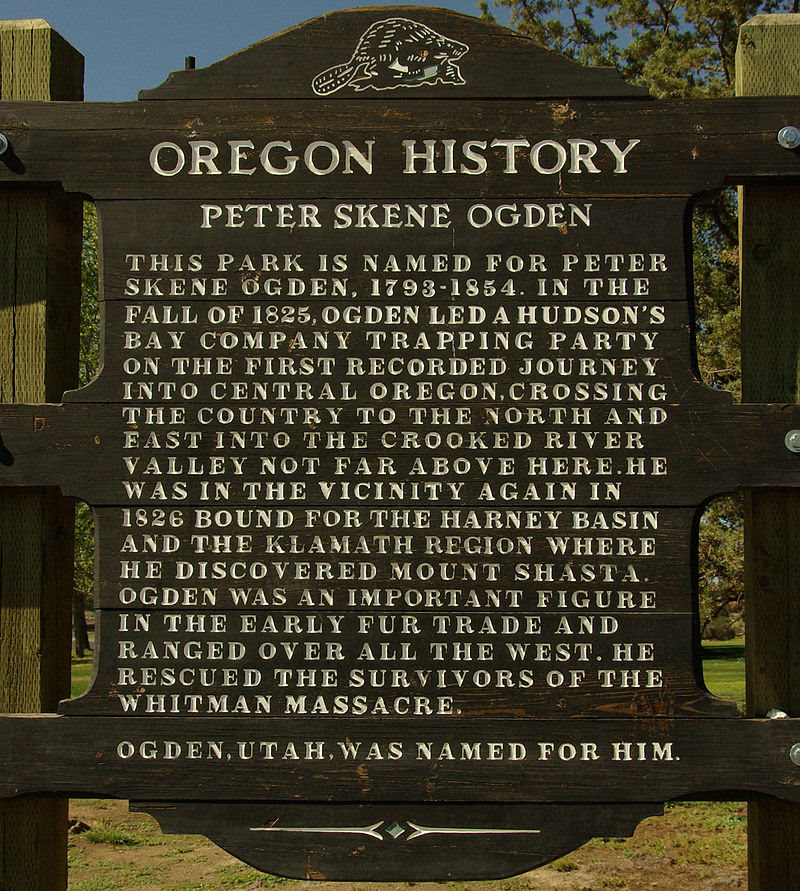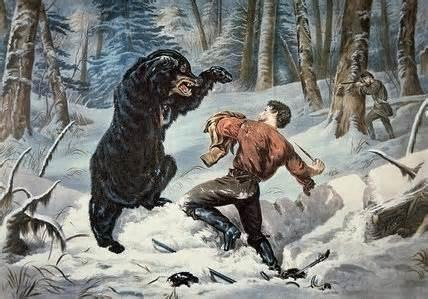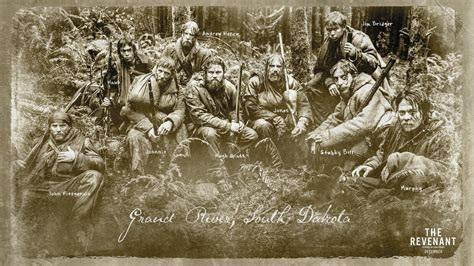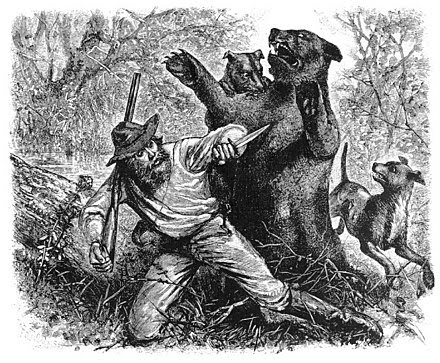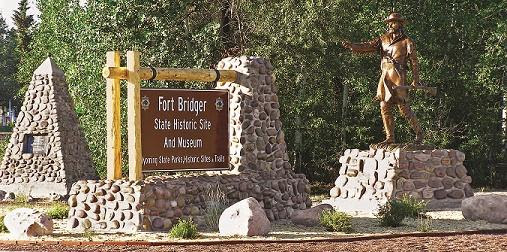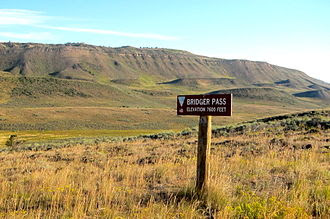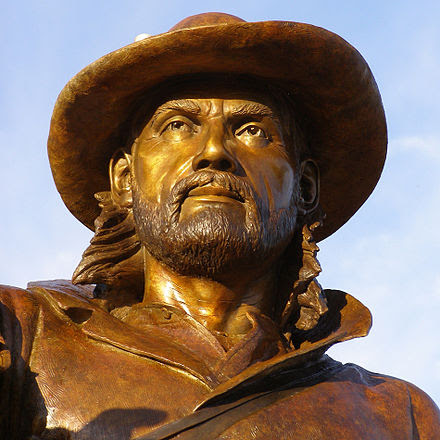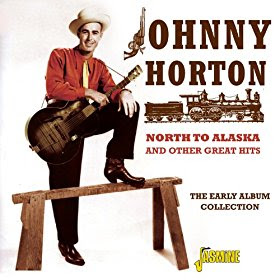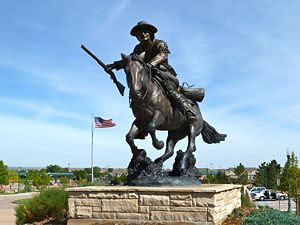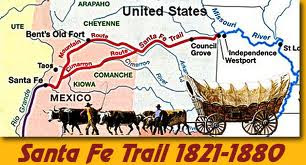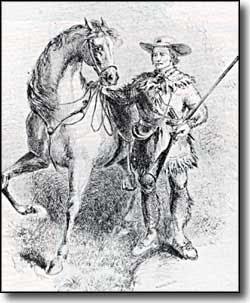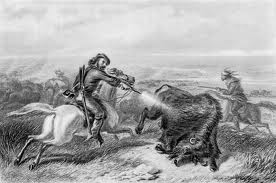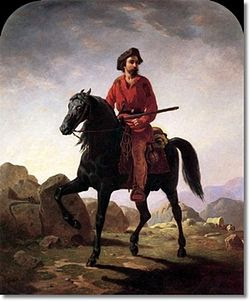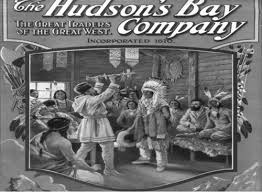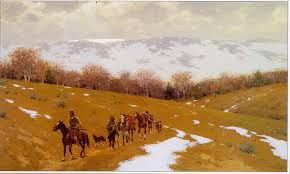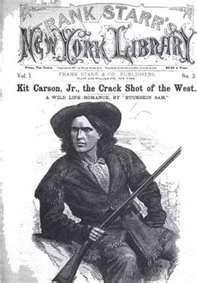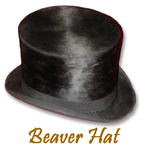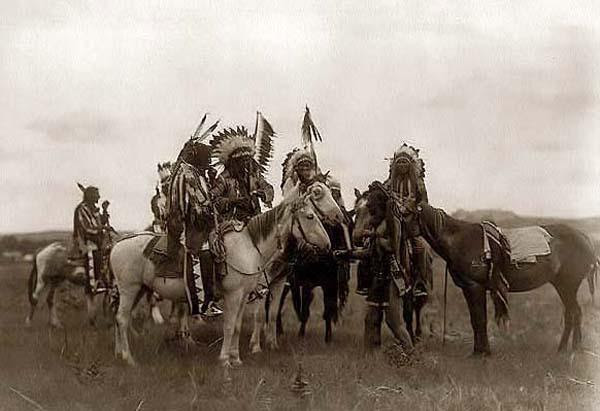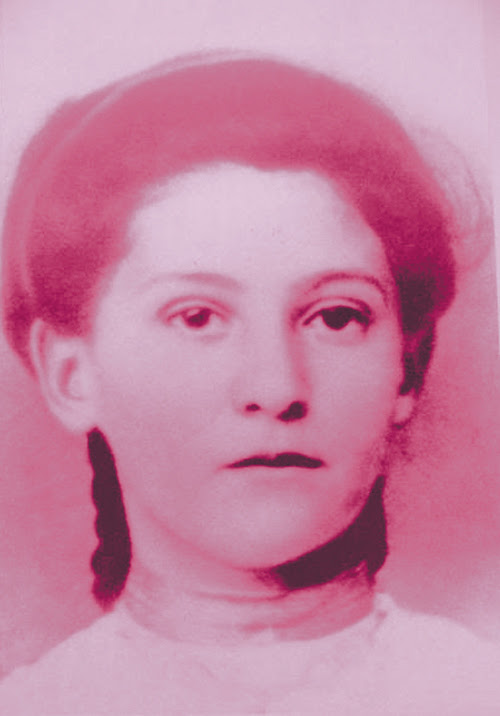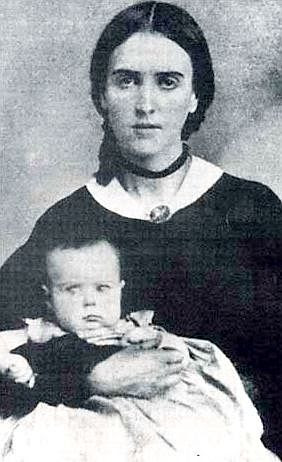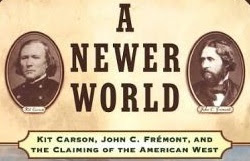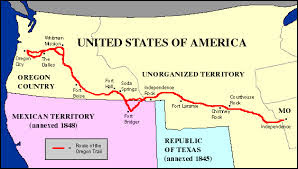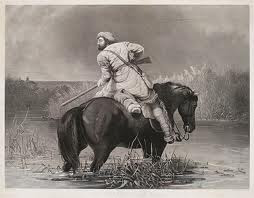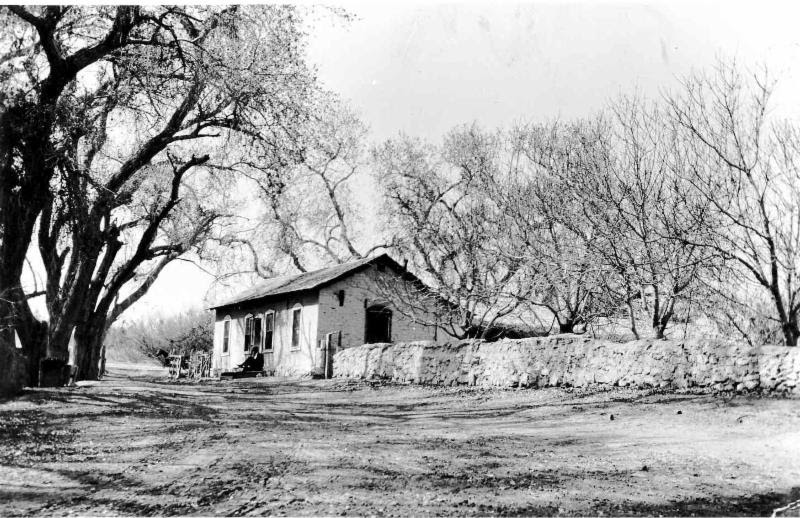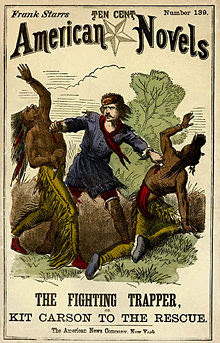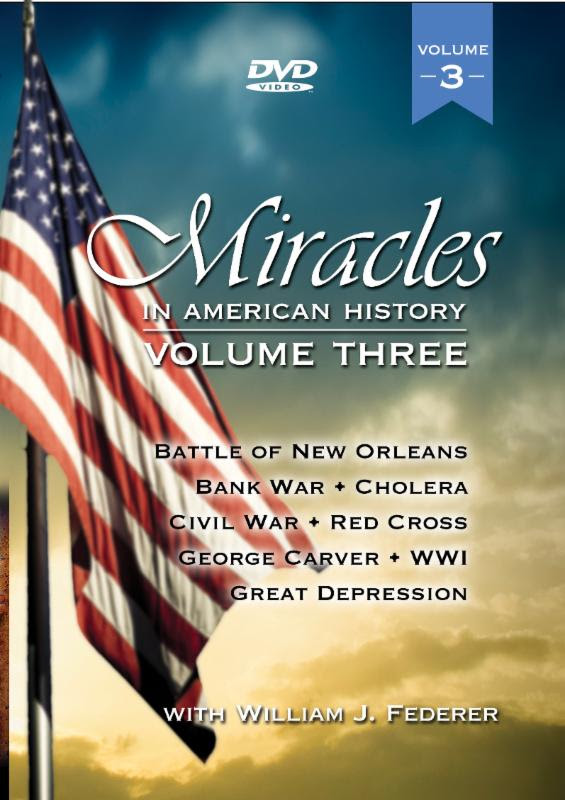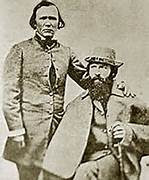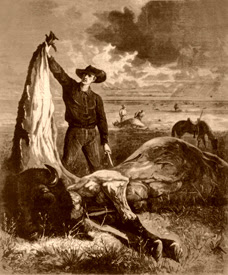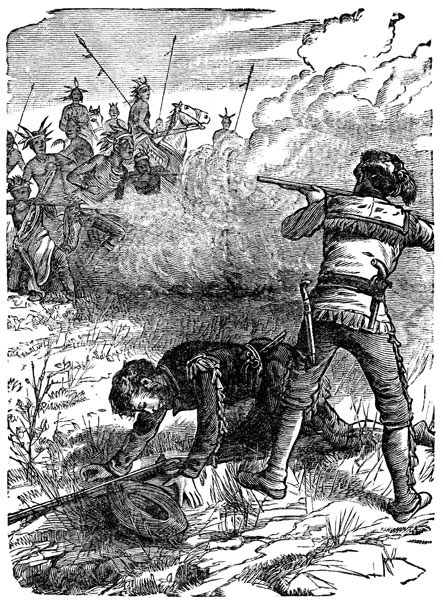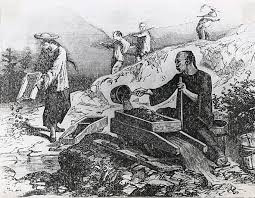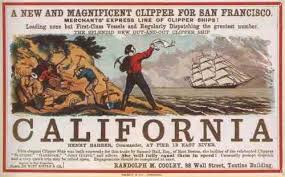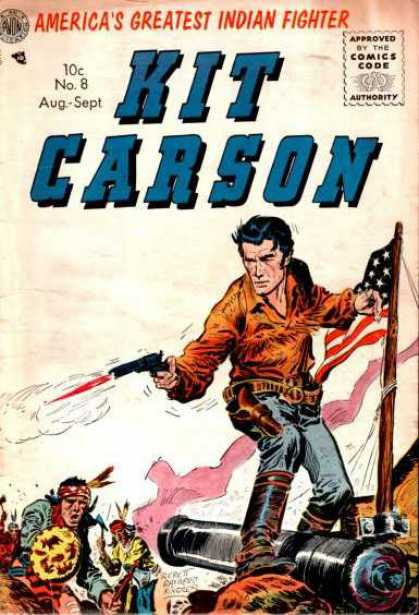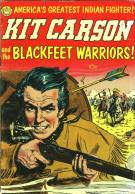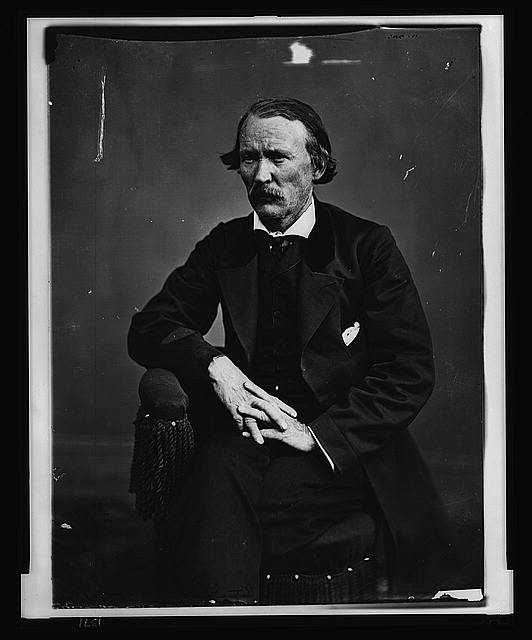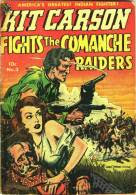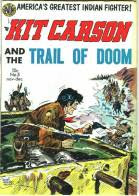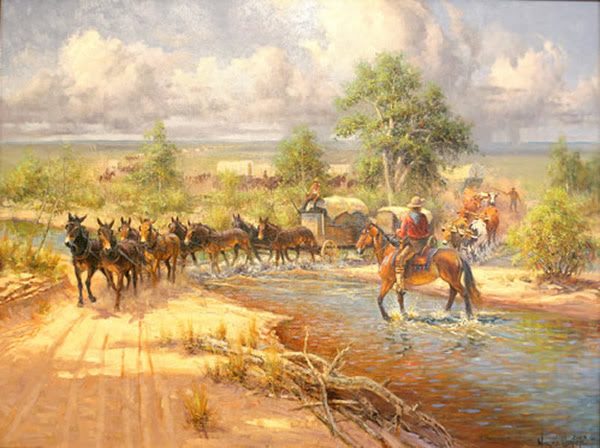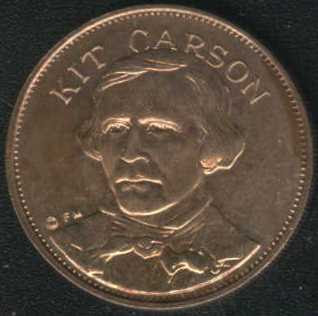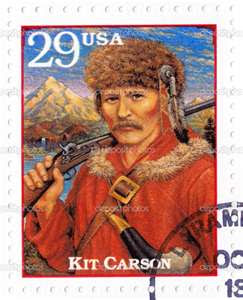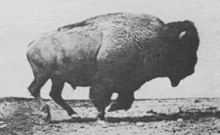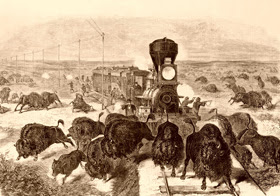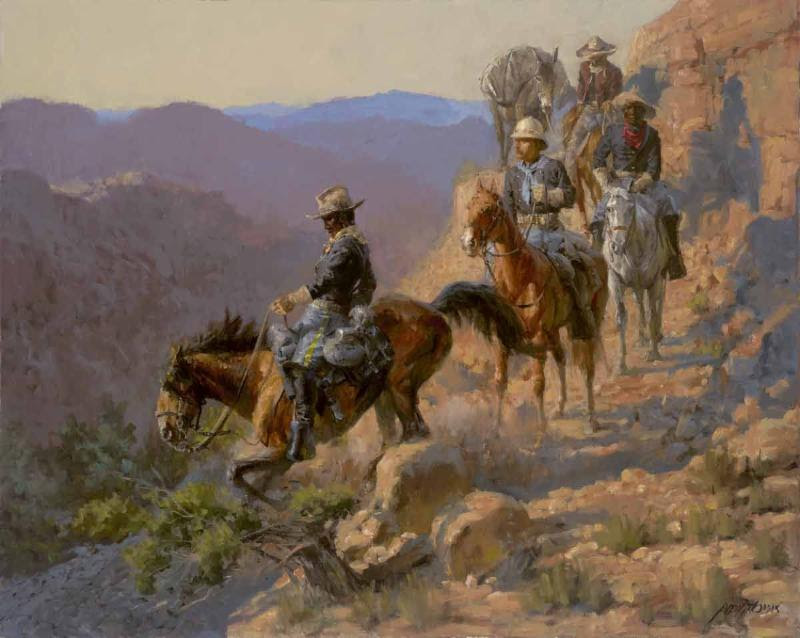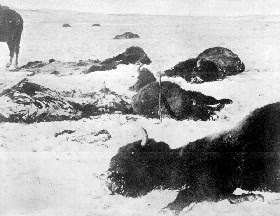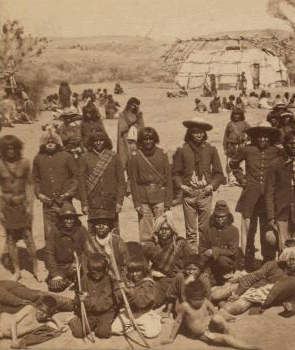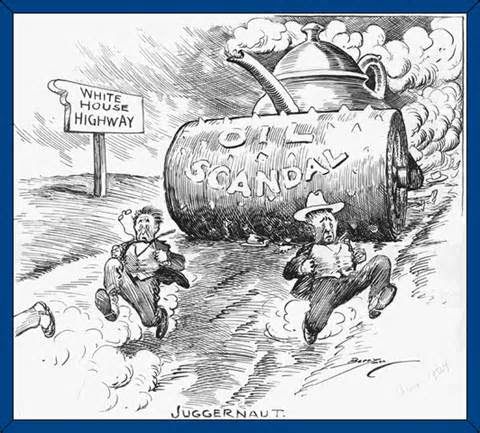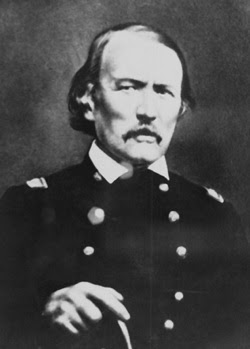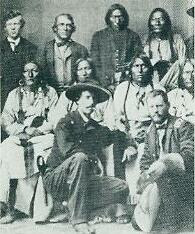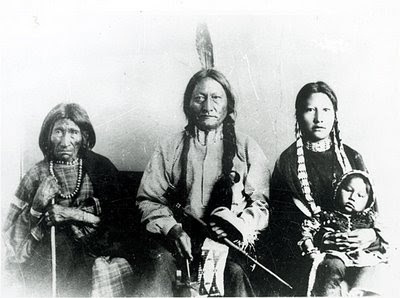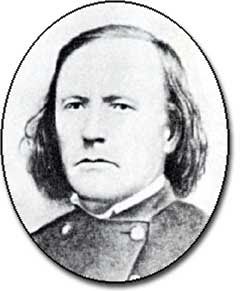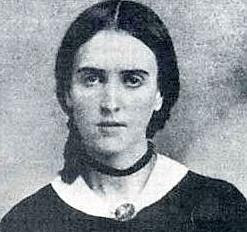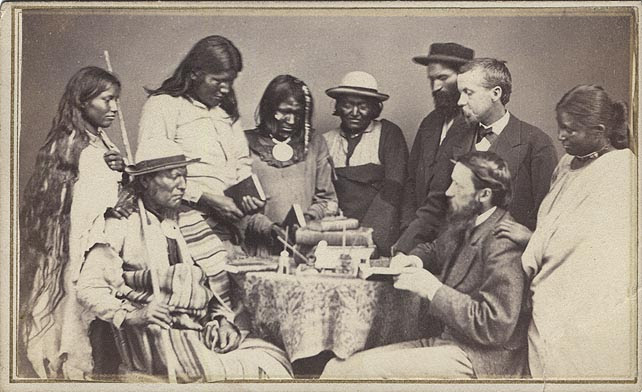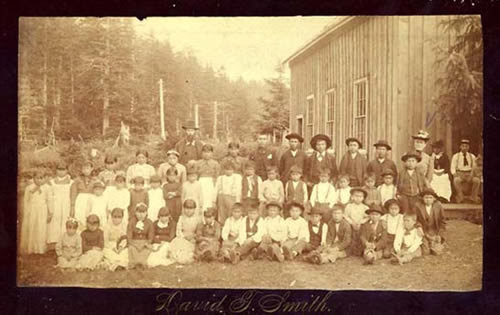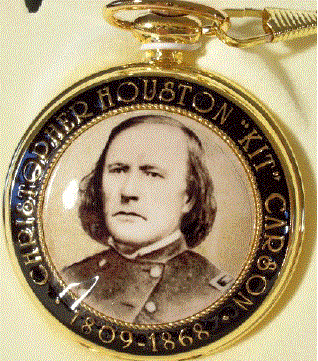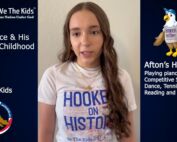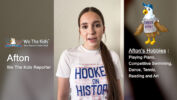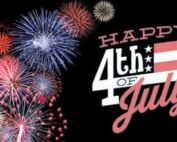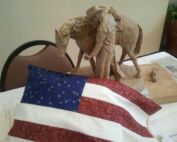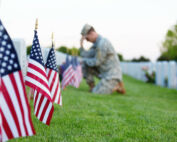Kit Carson, Jim Bridger, Mountain Men of the Rockies, & fate of Buffalo & Indians from Railroads
|
|
|
|
|
|
|
|
|
|
|
|
|
|
|
|
|
|
|
|
|
|
|
|
|
|
|
|
|
|
|
|
|
|
|
|
|
|
|
|
|
|
|
|
|
|
|
|
|
|
|
|
|
|
|
|
|
|
|
|
|
|
|
|
|
|
|
|
|
|
|
|
|
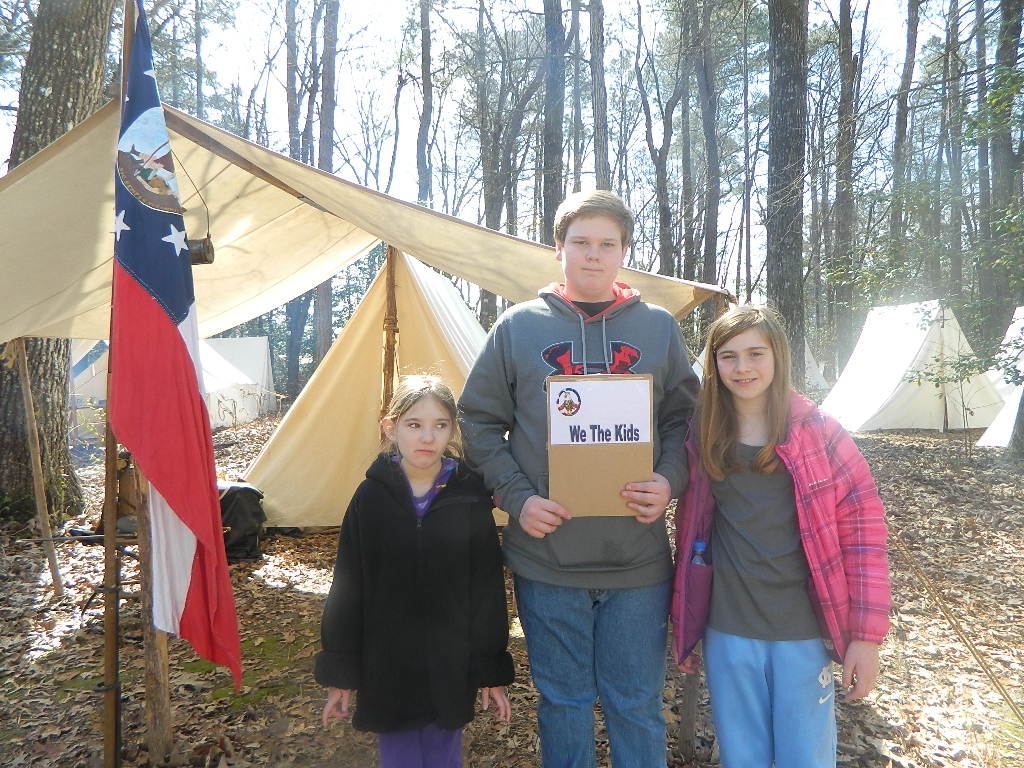 We The Kids on-site at the Bentonville Battle - 1865
We The Kids on-site at the Bentonville Battle - 1865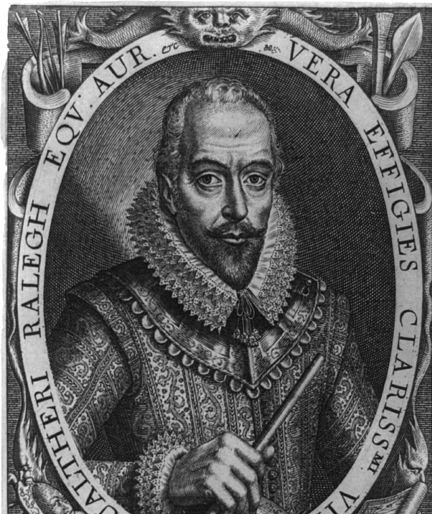 Virginia: First Colony Founded & First in Calling for Freedom
Virginia: First Colony Founded & First in Calling for FreedomRecent Posts
WTK Teen Afton’s Report on J.D Vance & His Painful Childhood
JD Vance, born James Donald Bowman in Middletown, Ohio, is currently serving as a Senator for the state of Ohio, USA having taken office on January 3, 2023, following his election in 2022. Donald Trump […]
The 10 Commandments in Louisiana Classroom
There is a growing debate over the posting of the Ten Commandments in public classrooms and buildings. Many Americans feel this august collection of laws has a positive and much-needed effect on all who read […]
Happy Independence Day July 4th, 2024 – We The Kids
The Fourth of July has been a federal holiday since 1941. Independence Day celebrations date back to the American Revolution in the 18th century.
Thomas Jefferson drafted the Declaration of Independence, a historic document, on July […]
Historic Legacy of Juneteenth: America’s 2nd Independence Day
Today we are unfolding A historic event known as “Freedom’s Eve”. Enslaved and free African Americans gathered in churches and homes across the United States, holding their breath for the dawn of a new era. […]
Discover the Fascinating History of Arizona
Hello everyone! Have you ever wondered about the incredible stories behind the places we live in? Well, get ready to gather some fun facts, because we’re diving into the fascinating history of Arizona—a state full […]
Patriotic Lessons: Engaging Kids in Memorial Day Traditions
Families across the country gather to commemorate Memorial Day, a momentous and important occasion, as the sun rises on the last day of May. We have the chance to consider the sacrifices made by the […]

